focus
Latest
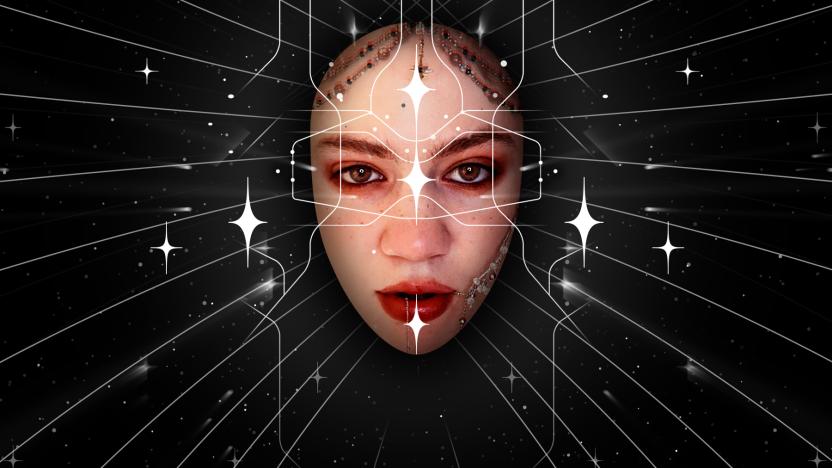
Grimes and Endel bring their AI-powered sleep sounds to Android
Last October, Endel announced that it had partnered with Grimes for a special ‘soundscape’ inside its music app, which is meant to help you focus, relax or fall asleep. The collaboration was called AI Lullaby and, as you might have guessed from the name, combined artificial intelligence with Grimes’ original music and vocals. The slumber sounds have now disappeared for iPhone users and, as promised, hopped over to Endel’s Android application.
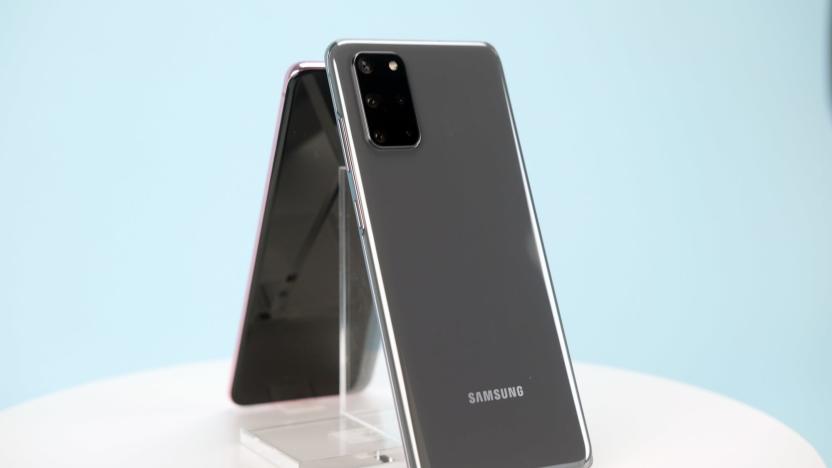
Samsung is already working to fix the Galaxy S20 cameras
Samsung's Galaxy S20 is not even on the market yet, but reviewers from publications including PC Mag have already experienced bugs with the cameras. Samsung has now responded, saying that it's working on a fix. "The Galaxy S20 features a groundbreaking, advanced camera system," Samsung told The Verge. "We are constantly working to optimize performance to deliver the best experience for consumers. As part of this ongoing effort, we are working on a future update to improve the camera experience."

Ford's next Focus RS may be a powerful hybrid
Ford's electrification plans might include an eco-friendly version of a hot hatchback. Car sources claim the 2021 Focus RS will be a hybrid with a beefy 400BHP gas engine driving the front wheels while an electric motor exclusively drives the rear. It's not a completely unique concept (this is somewhat reminiscent of Volvo), but it would certainly be unusual for Ford. And like you'd imagine, this would be as much about a performance boost as it would fuel efficiency.
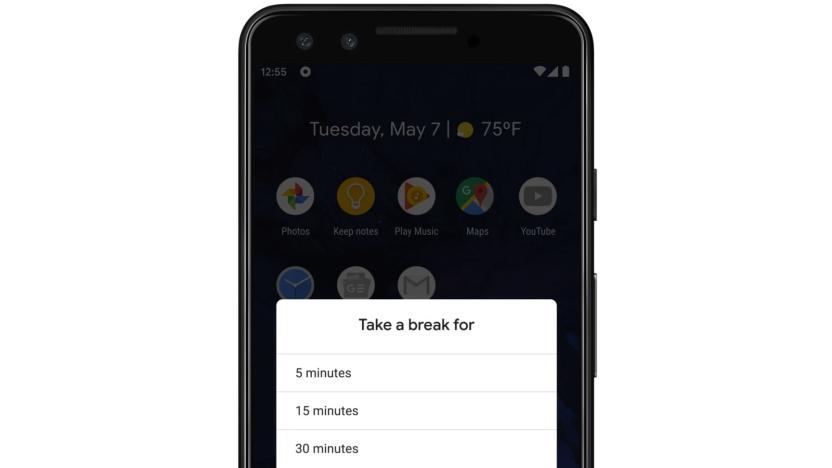
Focus mode comes to Android to limit distracting apps
The big problem with owning a smartphone is that every temptation is just a finger tap away -- ooh, Twitter! -- making it hard to knuckle down on a single task. Earlier this year, Google promised to remedy this with "Focus mode," a new tool that stops you -- ooh, YouTube! -- opening apps that could distract you. You just select which apps like -- ooh, better check Facebook -- you find distracting, and lock them down until you choose to release them.

HTC's standalone VR kit will stream PC content via WiFi
We're still some way away from getting compact VR headsets that tap into cloud VR services via 5G, but for now, HTC has cooked up something that will let standalone 6DoF kits take advantage of a PC's processing power. In early Q4 this year, the Vive Focus Plus will gain a new feature dubbed Viveport Streaming, which gives it access to all Viveport content on a PC over a 5GHz WiFi connection. This means with that free update, the Vive Focus Plus will effectively double as a wireless headset for any VR-ready PC. The catch? You'll need to be a Viveport Infinity subscriber to enjoy such convenience.

Moment's big Pro Camera update brings its Android app up to speed
Moment has announced its biggest ever update for Pro Camera, which adds a bunch of cool new features to the app, and brings the Android version up to parity. And to celebrate, if you download the app for the first time you'll get 15 percent off in the Moment Shop, which carries more than 20 photography and travel brands.

The simple Doppel wearable is built to help you relax
There are wearables, like the Apple Watch and Google's Wear OS devices, that do everything. And then there are wearables that go in the opposite direction, going as minimal as possible. Doppel falls into the latter category -- it looks like a small wristwatch, but instead of telling the time or tracking your steps or sending you notifications, its whole purpose is to calm you down. The wearable is mean to be worn on the inside of your wrist and sends a slight vibration in the same rhythm as a heartbeat. According to Doppel, a vibration rate that's slower than your resting heart rate is meant to help relax you, while one that exceeds your heart rate is meant to energize and focus you.

Ford will stop selling Taurus, Focus and Fiesta in North America first
Without warning, Ford revealed in its Q1 financial report that it will stop selling almost all of its sedans in North America. Sure, it will still market SUVs, trucks and commercial vehicles in the region, but will gradually scale back all cars aside from the Mustang and yet-to-be-revealed Focus Active crossover. Now we know which will get phased out first. A Ford representative confirmed to Engadget that the Focus, Taurus and Fiesta will end production for North America by mid-2019.

Instagram 'Focus' fakes portrait mode on single-camera phones
You no longer need dual cameras or a Pixel 2 to take DSLR-like portrait photos with your phone... provided you're using Instagram. The social service has rolled out a Focus camera mode that will soften the background the moment it detects a face in the scene, giving you that portrait mode effect no matter how many cameras your phone has. It's available on the iPhone 6S and newer Apple devices, as well as "select" Android handsets.

Ford's new Focus pulls in Co-Pilot360 driver assists
Ford is taking the wraps off of its new 'global' Focus, and besides the new styling, we're interested because as usual, the car will help introduce a hefty suite of driver-assist technology. Last month Ford pledged to put assists in more cars with its Co-Pilot360 package, and there should be plenty to choose from in the Focus. Its Adaptive Cruise Control can manage stop and go traffic, recognize speed limit signs and keep the car centered in the lane. In what Ford says is an industry first, the adaptive front lighting system not only uses the cameras for auto high beams and curve prediction, it can also read road signs to help adjust patterns. Also, the Focus is the first car in its segment with evasive steering assist to help avoid collisions. Most of the details unveiled apply to the European and Chinese versions of the vehicle due to go on sale this year before the car comes to North America in 2019, and which tech is available where may vary. Still, it should be easy to figure out which one might be a good fit, because Ford says it has cut the number of available configurations from 360 to as few as 26.

I can finally do cartwheels in VR with HTC's Vive Focus
After fully unveiling the Vive Focus, HTC finally allowed lucky folks like myself to properly test out the six-degrees-of-freedom (6DoF) standalone VR headset. For the first time, I can actually walk around in VR without being tethered to a PC nor confined to a fixed space. It's a truly mobile VR solution -- more so than smartphone-based VR headsets, which only let you look around on the spot (3DoF). Naturally, I used this opportunity to test this 6DoF tracking to its limits, even if it meant doing cartwheels while wearing the Vive Focus.

HTC's standalone Vive Focus launches in China for $600
While we've already taken a good look at the Vive Focus standalone VR headset with 6DoF "world-scale" tracking, HTC had yet to reveal its detailed specs nor price, but almost a month later, we finally have some answers. First of all, as of December 12th, the device will be available for pre-ordering in China starting from 3,999 yuan or about $600, with shipment commencing in January next year. The base price isn't far off from the original PC-tethered Vive which is priced at $599 before tax in the US (in China it costs 5,488 yuan which is about $830). Better yet, that price applies to a new white version which, in my opinion, is much better looking than the original "electric blue" -- that's now a limited edition priced at 4,299 yuan (about $650).
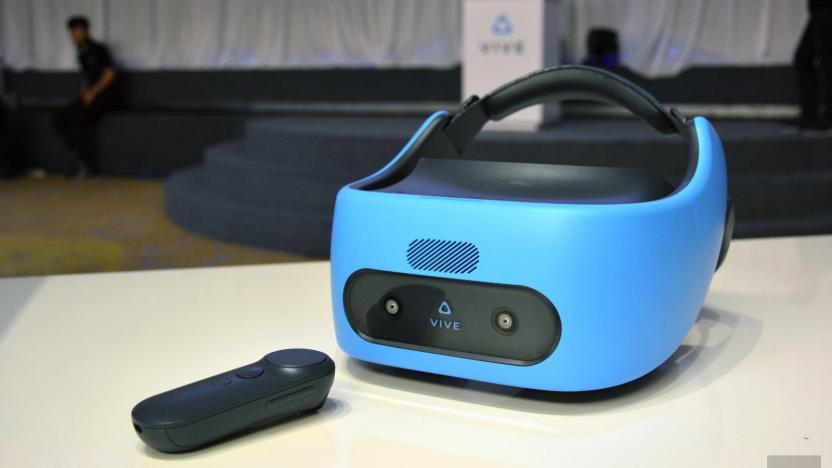
HTC Vive dropped its Google Daydream headset to focus on China
Throughout the Vive Focus event today, HTC never once referred to the headset as a Daydream VR device, which was a little odd given how it was first teased as one of the two standalone Daydream devices back at Google I/O. Then came this baffling statement from HTC shortly after the keynote: "We still have a great relationship with Google, but will not be bringing a standalone device to the Western markets on Daydream." In other words, the aforementioned Daydream collaboration between HTC and Google is no more, even though the Vive Focus lives on by way of the Vive Wave VR open platform. This cancellation was later confirmed by Clay Bavor, Google's Vice President of Virtual and Augmented Reality, though he also implied that the other standalone Daydream headset from Lenovo is still in the pipeline.
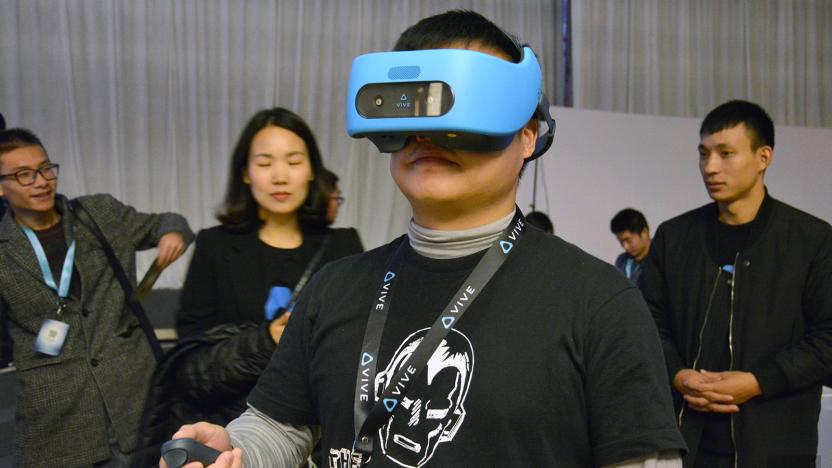
HTC Vive Focus hands-on: a promising start for next-gen mobile VR
We've already heard the news about HTC's Vive Focus, so it was only natural to get my hands dirty with this standalone 6DoF (six-degree-of-freedom) VR headset. As it turned out, HTC delivered pre-production units to several developers two weeks ago, in order to prep the demo area today. Soon after the opening keynote, I rushed over to the other room and managed to go through seven demos. Given the limited preparation time, the results were unsurprisingly mixed, but the best ones seem to prove that there's a lot of potential in this piece of kit.

HTC Vive Focus is a standalone VR headset with ‘world-scale’ tracking
After a couple of teases earlier this year, HTC has finally unveiled its upcoming standalone VR headset at today's Vive Developer Conference in Beijing. Dubbed the Vive Focus, this all-in-one device features inside-out 6-degree-of-freedom (6DoF) "world-scale" tracking, meaning it doesn't require external base stations nor sensors, so you can get positional tracking anywhere at any time -- even on a train or plane, should you wish to. While at least a couple of Chinese manufacturers have announced standalone 6DoF VR headsets before, HTC claims that the Focus will be the first of such kind to actually hit the market.

Samsung’s latest imaging sensors may rid smartphones of camera bumps
As Apple, Samsung and (perhaps, surprisingly) Google battle to claim the top spot in smartphone imaging, we've been left with lenses jutting out of the device, or in the case of the Note 8, a thicker phone. The iPhone 8 and Pixel 2 may be the latest offenders, but Samsung thinks its latest imaging sensor can keep things slim with its duo of new ISOCELL sensors: two different components with different selling points.

Samsung enters the smart inbox fray with 'Focus'
Samsung's Focus (no, not the Windows phone from ages ago) wants to be your Android productivity app of choice. The latest update brings the application out of beta and fixes a deleted email sync issue, according to patch notes. But, when Google Play says that up to this point Focus has only been installed between 10,000 and 50,000 times, chances are you haven't heard of the Samsung-exclusive app.

iPhone 7 Plus adds a second camera for better zoom
Apple has been accused lately of being less than innovative -- boring even -- compared to rivals like Google. With the iPhone 7 and particularly the iPhone 7 Plus, however, Apple is trying to take back the lead. It's the first phone to fully exploit the promise of the dual camera tech, which will allow users to do optical-like zooming, shallower depth of field to blur out backgrounds, and even Lytro-like selective focus.

JINS smartglasses swap fitness advice for meditation guidance
In a bid to get you focusing at work, Japan-based JINS has announced a trio of companion apps for its Meme smartglasses. The focus isn't on posture or workouts this time, but literally focus -- by monitoring your eyes. These are the same glasses we've been using at the gym, but this time the apps tap into the high-tech sensors found on the nose bridge. Specifically, three-point electrooculography (EOG) sensors that can pick up minute electromagnetic changes from your eyes, detecting when you blink without any cameras involved. The company cites scientific research that shows that frequency and intensity of our blinks represent whether we're concentrating or not, and JINS has built three different apps that track that. Oh, and your posture, too. No slouching.

Google's new camera app brings Photo Sphere and Lens Blur to Android devices
While Google has continued to toss new features into the camera app shipped on its Nexus devices, many Android phones replace it with something else. But just as we revealed a few weeks ago, now it's available in the Play Store, ready to run on any phone or tablet using Android 4.4 KitKat. Beyond bits like Photo Sphere that we've seen before, Google is filling in the blanks on its new "Lens Blur" option. Meant to emphasize the subject while blurring the background for an impressive depth of field effect, it uses algorithms to simulate the large camera lens and aperture your phone or tablet doesn't actually have. Taking the photo requires an upward sweep to capture multiple images, used to estimate the depth of objects for a 3D map that lets the software re-render the photo later and blur specific items based on where it thinks they are. Google's Research Blog has more details on how it's all done, including the Lytro-like ability to change which object is in focus after you take the shot.










